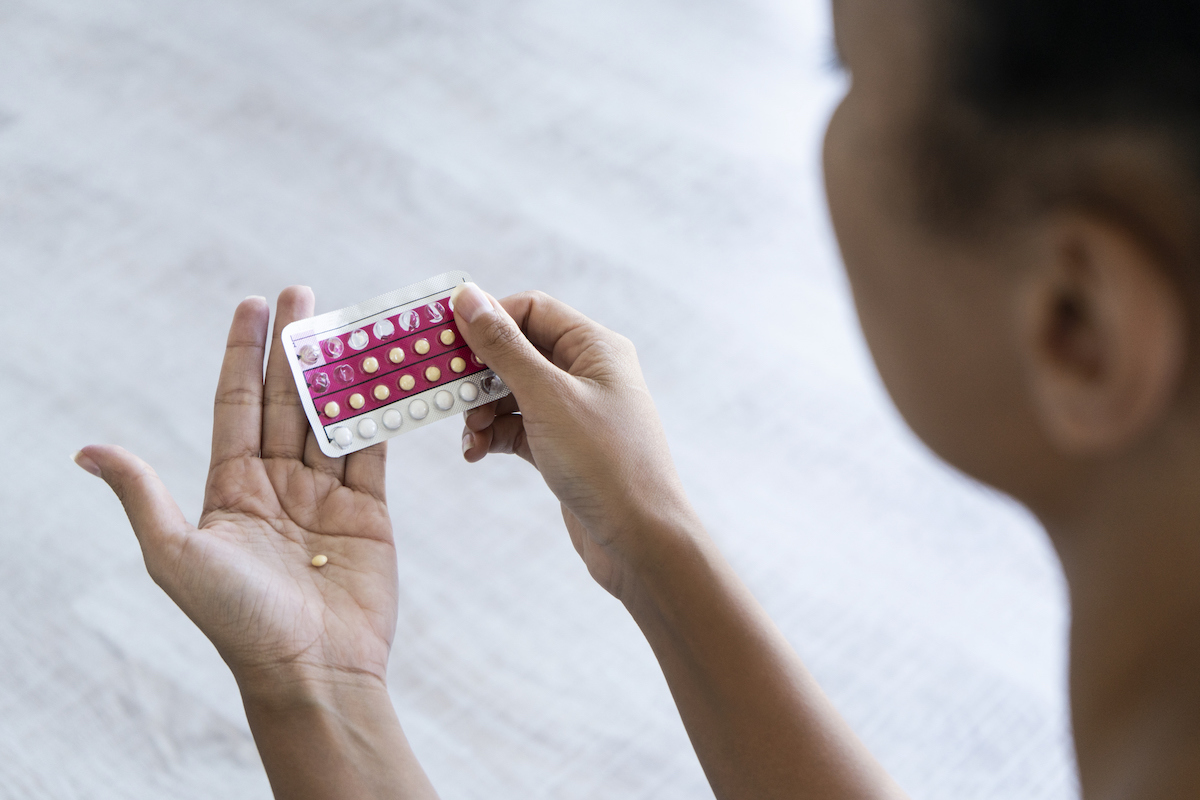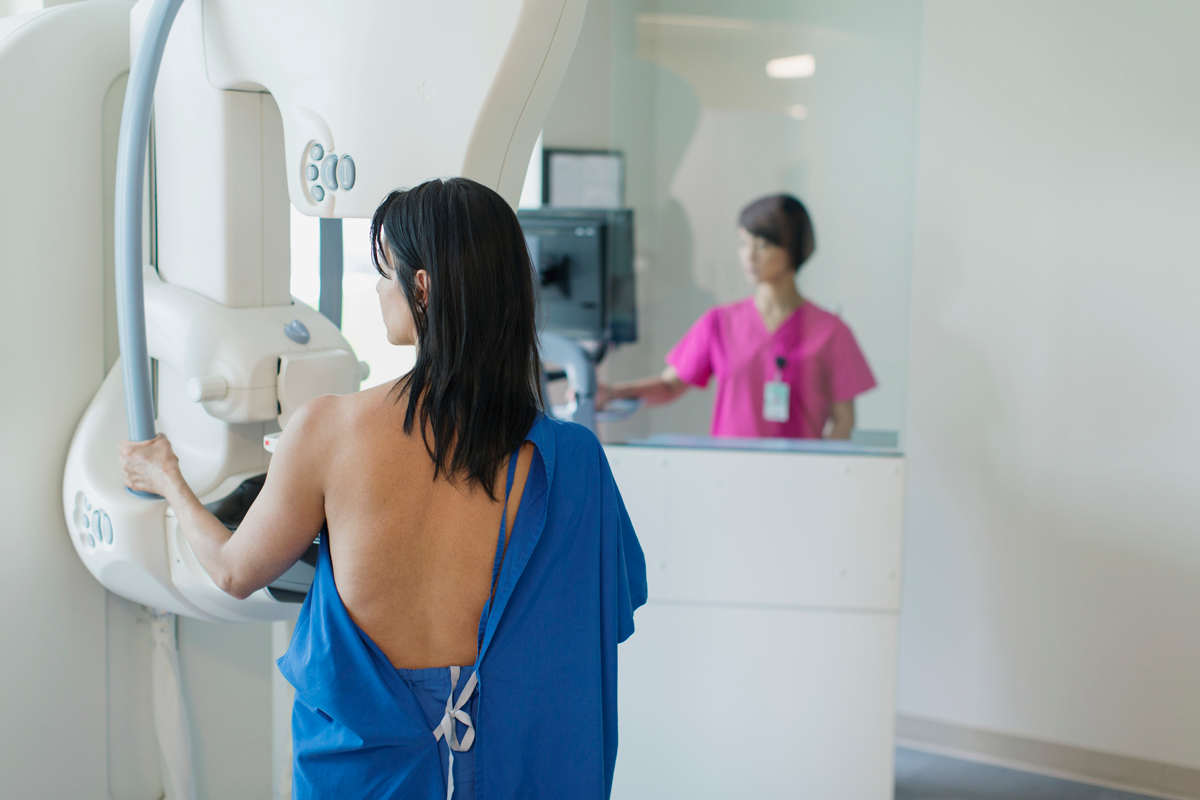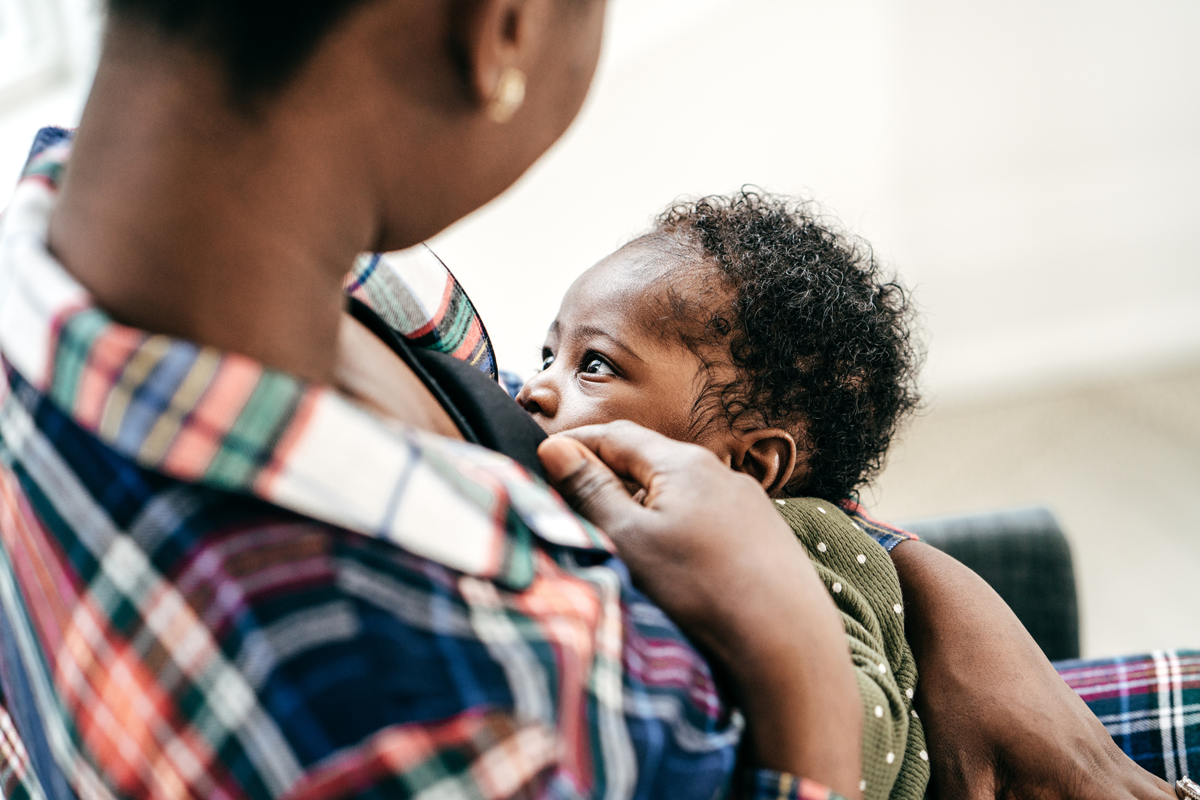Today’s post is about mammograms.
Before getting into the data, I want to start by describing, for those of you who haven’t gotten one, what a mammogram is like. Personally, I had thought you just stand up against a wall and smash your breasts into it and they take a picture. This is wrong!
When you go in for a mammogram, which takes perhaps 10 to 15 minutes, you stand next to a large machine. There is a plastic shelf at chest height, and the technician positions your breast on the shelf, and then a second shelf squeezes down on top of it. You hold your breath for a moment, and they take an image. There are a few images taken on each side. I would describe it as uncomfortable but not painful. It can be a bit awkward — if you are a person like me with small breasts, it can be difficult to get them squeezed in, and having someone else manipulate your boobs into place is weird — but it’s not as bad as I feared.
The last time I did this, I posted about it on Instagram and got a number of questions around, basically, did it really make sense to start having mammograms at 40? (I’m 43.) Some recommendations say to wait until 50. Some say it depends. People wondered: Why is this even a complicated question?
I’m going to dive in today. It’s a good one for me because there’s interesting overlap between data, decision-making, and selection.
What is the recommended age to start mammograms?
The goal of a mammogram is to image breasts to detect possible cancers. There are other ways that breast cancer is detected — notably, with women finding lumps on a self-exam, or in the course of normal activities — but mammography can detect cancers when they are smaller and have not spread.
The clear advantage of mammography is earlier detection of cancers. The downside is that it generates a lot of false positives. There are many cases in which women are told they have a positive screen, and may go as far as to get a biopsy, only to find it is nothing. These excess tests cause anxiety, take time, and have risks of their own. So they must be weighed against the cancer detection.
In all of the below, I’m going to focus on screening for women without a family history of breast cancer or a set of genetic risk factors. For that group, it may be necessary to start screening even earlier than 40, and depending on the set of risk factors, more extreme measures (more frequent screening, preventative mastectomy) may be recommended.
The central issue in deciding at what age mammography should start is that as people age, the risk of cancer goes up and the risk of false positives goes down. For the youngest age group — say, women who are 40 — there are few cancers to detect and a large number of false positives. This tradeoff moves toward favoring mammograms as people age.
The U.S. Preventive Services Task Force (USPSTF) is one of many bodies that issue recommendations about screening ages. In their report, they provide a helpful accounting of the pluses and minuses.
The graph below shows — based on randomized trial data — the expected deaths avoided per 10,000 screenings by age, alongside the false positives (screens that show some risk and need to be followed up by more screening or testing). These are also per 10,000 screens. Note the different axis scales: there are many, many more false positives than averted deaths, and they need to be graphed on a larger scale.
Looking across age groups: the false positives decline with age, and the averted deaths increase. Putting the figures together: For those 40 to 49, the ratio is one death avoided for 404 false positives. For the 60-to-69 group, it’s one death avoided and 38 false positives.
There is widespread agreement about these numbers. Where organizations disagree is in how they should translate to action. Does it make sense to encourage cancer screening in the 40-to-49 age group, given the very large number of false positives for each averted death?
(Your instinct might be “of course,” since any avoidable death is worth avoiding. But the reality is that this isn’t how we typically make decisions — virtually no one without other risk factors engages in cancer screening in their 20s and 30s, because the ratios are even more extreme there. Whether we like to think about it or not, we are going through our lives carrying some of these risks. Screenings of this type make sense when the value of the screen outweighs its cost.)
Some organizations suggest screening starting at 40. The USPSTF hedges. They suggest that screening should be an option starting at 40, and more strongly recommended starting at 50. There is no sense that one group is right or not right. There isn’t a right answer. There is a tradeoff, one that different people will see differently.
An added complication
The data on deaths versus false positives come from randomized trials. For organizations like the USPSTF, a key output of these data is a recommended age to begin screening. And, again, that is based on some tradeoff between cancers detected and false positives, from the trial data.
There is an additional wrinkle that arises when we move these recommendations into the real world. This observation comes from a 2020 paper by a set of economists at MIT, Stanford, and Ohio State entitled “Screening and Selection: The Case of Mammograms.” (Side note: Two of the authors — Amy Finkelstein and Liran Einav — have a great new book coming out in July about U.S. health care that is worth a pre-order.)
What the authors find in this paper is that, as with many other health behaviors, the people who respond to a recommendation to get a mammogram are different in other ways from those who do not. That is: if you move the recommended age to start screening from 45 to 40, the people who are 40 who start getting mammograms tend to be the people who also do things like get Pap smears and flu shots and exercise and not smoke and eat a healthy diet.
This group is at lower risk for breast cancer than the average person. But they are not at lower risk for false-positive results.
What this means is that — relative to what we see in randomized controlled trials — in the real world, the tradeoff is even less favorable for screening. Screening guidelines that encourage younger women to screen prevent fewer deaths than would be expected based on the trial data, and have similar false-positive rates.
Does this have direct implications for what the right recommended age is for screening? No, not really. From an individual perspective, the question is still how you trade off the detection value versus the false-positive risk. From a social perspective, this underscores the importance of reaching a broad set of individuals with medical recommendations. If the appropriate age to begin screening is 40, that behavior shouldn’t be limited to a selected set of low-risk individuals.
So… when should I start?
Ultimately, as an individual, you are going to need to make a decision about when to start mammogram screening.
There is no right answer.
One thing that will play in is your individual cancer risk. A family history of cancer (especially breast cancer, but also other types), but also other individual risk factors (smoking, for example), may make screening more valuable.
A second important consideration is your own emotional reaction. The data from the USPSTF shows that, if you screen at 40, there is over a 10% chance that you’ll get a positive screen. The vast, vast majority of these cases are false positives, but typically there will be several weeks of waiting for follow-up. Different people will deal with this differently, or feel differently about the experience.
In my case, not screening felt worse to me, and I prepared myself for the possibility that there would be a positive screen. This was a place where, for me, knowing the data made it more possible to move forward. Knowing that if I got a scary result, it was incredibly likely that it was nothing, was helpful. As my wonderful doctor, Kate, put it: “On the first one, they’ll always find something they don’t like.” Coming in with that frame was necessary. (And a clean result was a pleasant surprise.)
In some cases, especially if you are younger and thinner, a mammogram will come back with no abnormalities but with a note about dense breast tissue. Very dense breast tissue can make it difficult to detect cancer, and in some cases there is a recommendation to follow up with an ultrasound (or in some other way). This space is similarly complicated, with high false-positive rates and unclear detection value (especially since the diagnosis is most common among women who are already low-risk). If you fall into this category, it’s something to discuss with your doctor.
One very important note to end on. Whether you start at 40 or 43 or 45, there will come an age when a mammogram is more strongly recommended. Cancer screening for women in their 60s comes with a high benefit-to-cost ratio. Meaning that even if you wait a bit into your 40s to start, you should definitely plan to do it at some point.

















